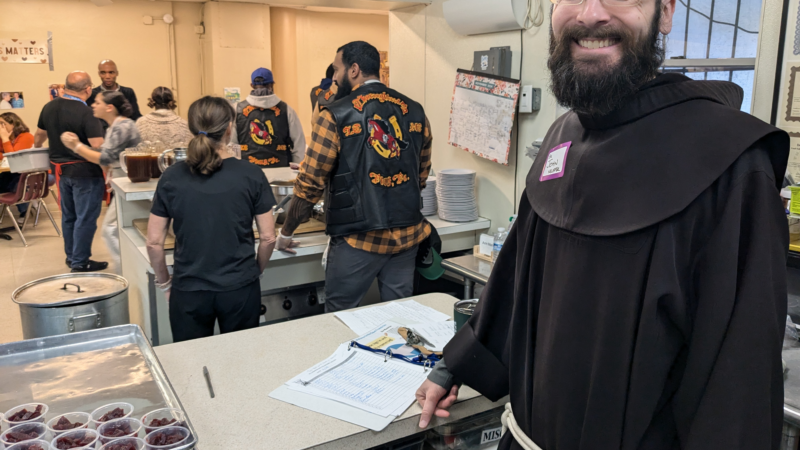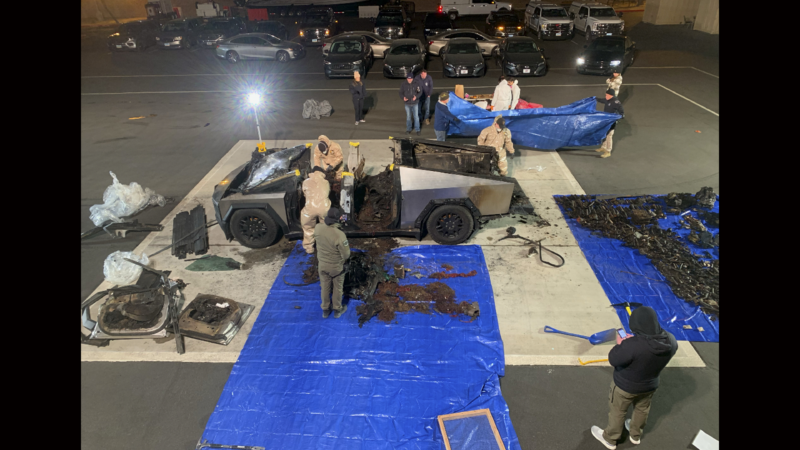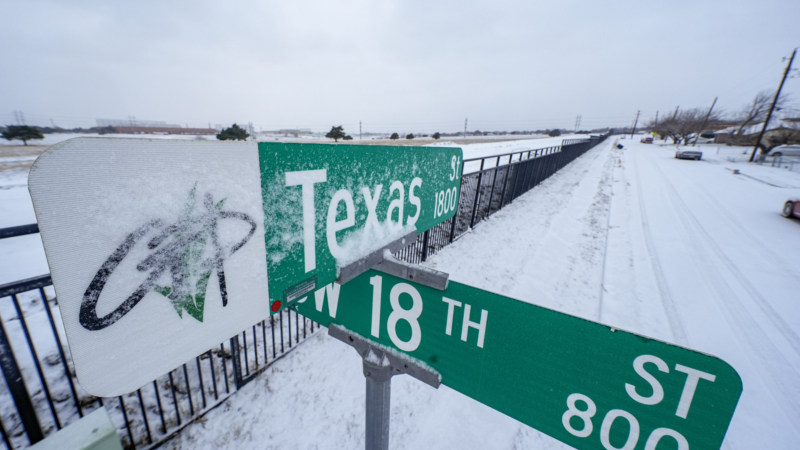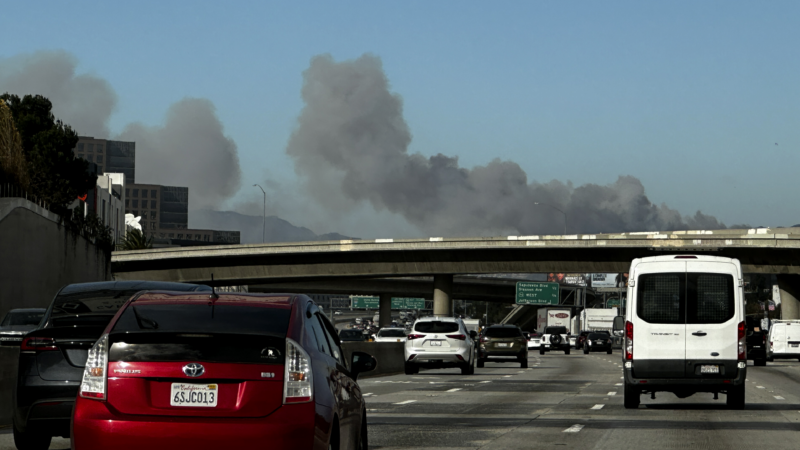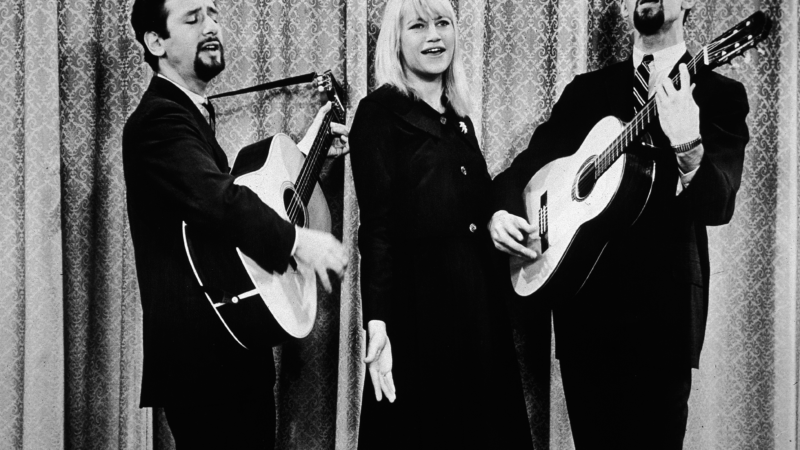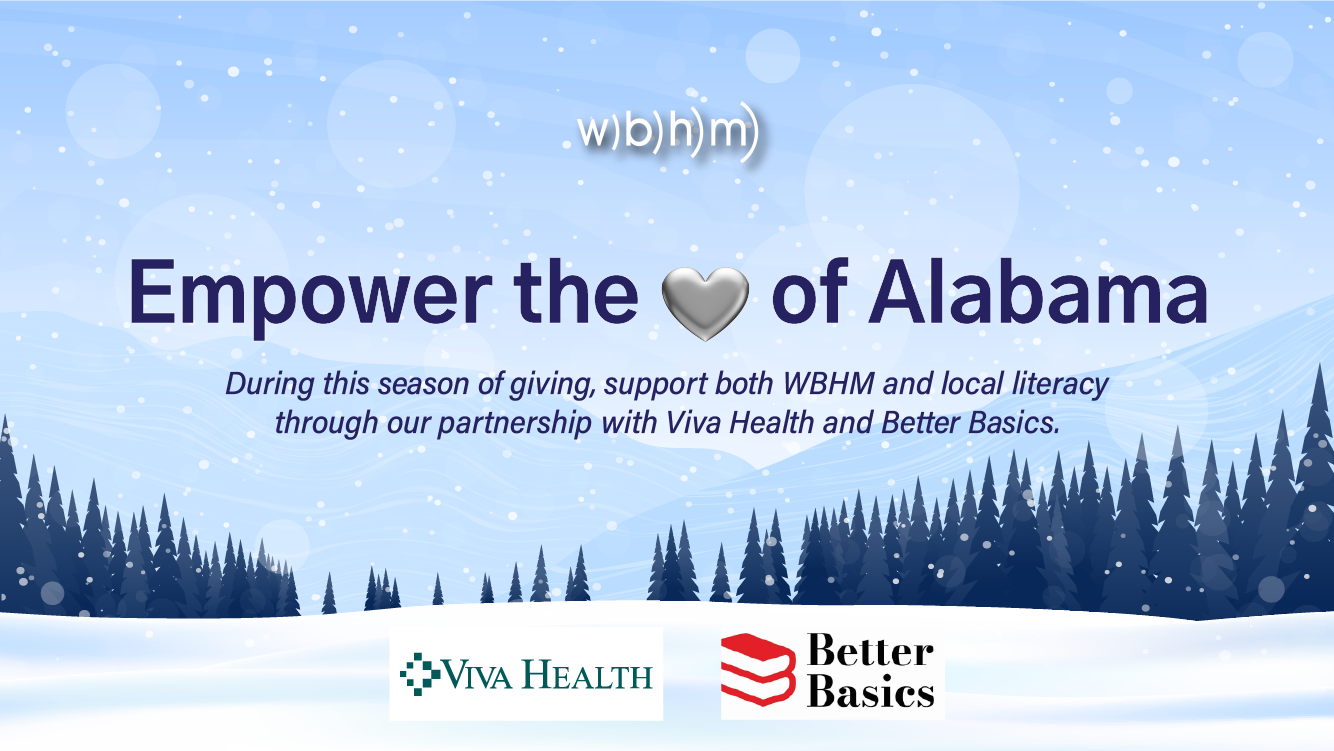The holidays are peak time for volunteers, but how about the rest of the year?
On Thanksgiving morning in Philadelphia’s Kensington neighborhood, the St. Francis Inn is serving on its holiday schedule, which means this is the soup kitchen’s only meal of the day.
Marissa Ryan, one of the staff here, was stirring a giant pot of iced tea as she ran down the day’s menu: turkey, yams, cranberry sauce, stuffing, and two types of pie. Ryan does a bit of everything, including working with the volunteers. Today, there are almost two dozen of them.
“We had a ton of people calling and emailing and asking us if they could come today,” said Ryan. “But we’re a very small business, so we can’t get 40 volunteers to fit into one little space like this.”
Every year, the competition for shifts on Thanksgiving and Christmas is fierce—today’s volunteer spots have been filled since August. But Father Michael Duffy, who’s ministered at St Francis since 1987, says these holidays aren’t actually very busy because there are so many other options for a free hot meal.
“Everyone thinks Thanksgiving or Christmas, but we don’t have great numbers then, because everybody in the world thinks of the poor,” explains Duffy.
“Churches have little suppers, supermarkets give away turkeys…And if any of our guests have any connection at all with their family, it’s today that they go back to their family,” Duffy adds.
To be clear, the people interviewed for this story all agreed that volunteering is a good thing at any time of year. But having everyone in the giving spirit at the exact same time just isn’t logistically ideal, especially because there’s often a shortage of help during the rest of the year.
Fewer guests, plus lots of helping hands, means there are a lot of volunteers just sort of standing around. Among them are nine men in matching black leather vests — members of the Thoroughbreds Law Enforcement Motorcycle Club.

Club co-founder Vince “Flash” Hall says that volunteering is a core part of the group’s mission, but they’ve been struggling to get back out into the community post-pandemic. Thanksgiving was an obvious time to re-engage.
“The holidays just makes people think about, ‘oh, I’m blessed, I have all this. There’s people out there that don’t have what I have, how can I help them?” says Hall.
“And you might not think about that in May or June or July.”
“There was a moment when we had more volunteers here than guests,” says Brother John Neuffer, who joined the St. Francis team a few months earlier. “It’s good to have that problem sometimes; and at the same time, presents its own challenges. You wanna make sure everyone that comes here to volunteer has a great experience.”.
A few miles away in South Philly, The People’s Kitchen is taking a somewhat different approach. The group was founded in 2020, and cooks out of a scrappy storefront kitchen, with no dining room. They didn’t even serve a meal on Thanksgiving.
“People eat all year long, so there’s no need to save it for one day,” says chef and board member April McGreger. Instead, ham, turkey and various fixings are served in to-go containers on Wednesday, the day before.

McGreger glides through the kitchen, cooking, cleaning and instructing several volunteers.
“At this table, we have Samuel who’s chopping up celery and onions that are going into the cornbread dressing, and then Jake is working on a sauerkraut salad with some fermented beets that we make in-house,” she describes.
McGreger is an expert in canning and preserving; that’s one strategy she uses to maximize unexpected food donations and the holiday influx of people power. She points to volunteer Chen Lu, who’s ladling a huge pot of greenish liquid into a plastic storage container.
“We had a bunch of green tomatoes donated,” McGreger explains. “So Chen is working on a salsa verde. After Thanksgiving, we actually often get a lot of Turkey donations, so we’re kind of thinking ahead to doing like a pozole verde” she says.
Lu has prior experience in the food service industry, which makes him an ideal kitchen volunteer.
“It’s like the best parts of working in a restaurant,” says Lu, who now helps out a couple times a month. He’s made it part of his routine. And that’s what non-profits say they need the most: reliable, repeat volunteers.
“Volunteering feels very good for a lot of people,” says Lu. “And then there is also figuring out how does this kind of become a part of your life, versus once in a blue moon type of stuff,” he says.
Along with that annual appearance at the local homeless shelter or house of worship, it would be great if everyone signed up for a second day in January, too. Odds are, there’d be a lot more work to do.
Man who exploded Cybertruck in Las Vegas used ChatGPT in planning, police say
The highly decorated soldier who exploded a Tesla Cybertruck outside the Trump hotel in Las Vegas used generative AI including ChatGPT to help plan the attack, Las Vegas police said Tuesday.
Wild weather brings snow to the South and Santa Ana winds to the West
As the South prepped for snow and more cold starting Wednesday, residents in Southern California faced off with hurricane-strength winds.
What to know about Trump and his keen interest in Greenland
President-elect Donald Trump has said multiple times that the U.S. should buy Greenland, an autonomous territory of Denmark. The sparsely populated island is geopolitically important and mineral-rich.
There’s great TV coming in January, from ‘Severance’ Season 2 to a Jerry Springer doc
There is a lot of TV on deck in the new year – including multiple medical dramas, a violent Netflix drama about Utah settlers in the 1850s, plus, cop shows, Westerns and documentaries.
Life-threatening windstorm triggers wildfire in Southern California
Southern California hasn't seen significant rainfall since last April, and a pileup of dry fuel in combination with the winds has the region on edge. A mandatory evacuation order was issued for the Palisades.
Peter Yarrow of the folk trio Peter, Paul and Mary has died at 86
Yarrow wrote or co-wrote some of the group's biggest 1960s hits, including "Puff, the Magic Dragon" and "Day Is Done."
